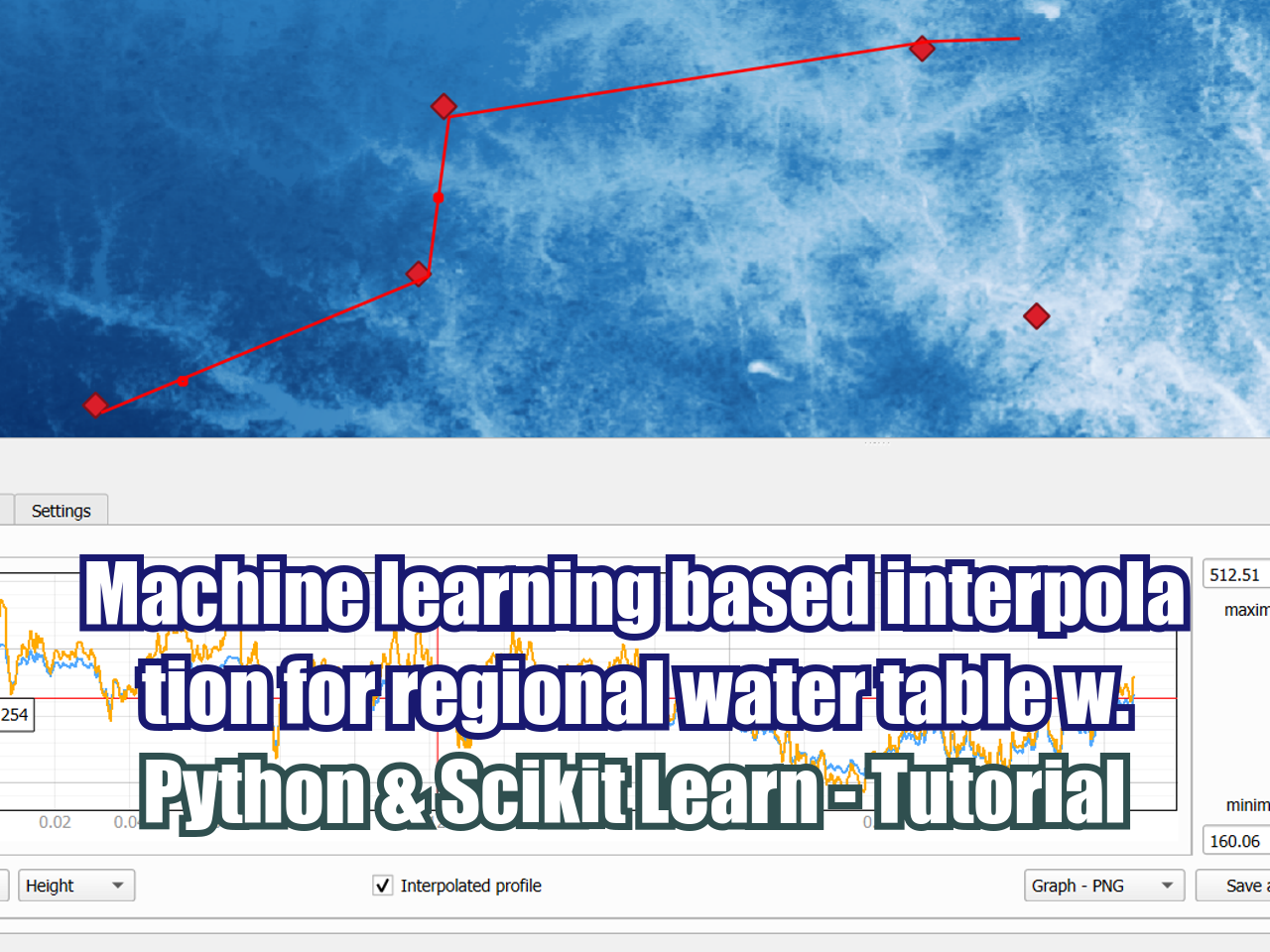What is the relevance of confined / unconfined aquifer type on groundwater flow?
/Maybe confined or unconfined aquifer are terms that would sound familiar from your first hydrogeology class, however it´s a simple definition about the location of the hydraulic head over the vertical limits of your aquifer. It might be that you have employed those terms in different reports, or maybe you have seen this aquifer classification on some environmental impact assessments or geological reports, but which is the relevance of this classification on the groundwater flow? This article talks about the comparison of the confined / unconfined aquifer condition based on numerical modeling with some discussion about the convertible character of the aquifer.
An aquifer is neither confined nor unconfined, its convertible!
A layout of the aquifer conditions can be seen in the following figure extracted from the Basic Ground-Water Hydrology from the USGS [USGS, 1983]. There is a correspondence of the aquifer confining condition with the water head; the Unconfined Aquifer (sand) has the Water Table inside the vertical domain of the aquifer, while the Confined Aquifer (limestone) has an hydraulic head above the top of the Aquifer.
However, nature is more complex than this schematic approach and we have a very interesting and dynamic classification of the confining conditions based on the groundwater flow and the aquifer discretization.
Relevance of vertical discretization
An example will be used to explain this topic. There is a alluvial aquifer with a total thickness of 60 meter and a total saturated thickness of 50m. The aquifer is being pumped on steady state flow conditions. For a better characterization of the cone of depression and in order to enhance the hydraulic response of the monitoring points a vertical discretization of the aquifer in multiple layers is recommended. This increment on the layer number arise some questions and discussion about the aquifer layer confining condition that can be better explained with the following figures.
This is the hydraulic response for the hydrogeological setup as a one layer aquifer. Based on the definition the aquifer would be unconfined.
1 layer aquifer
But, if we divide the aquifer in 5 layers, only the uppermost active cell will be unconfined while the lower cells will remain unconfined. As long as we conceptualize the aquifer in a higher sequence of layers, the “unconfined” part of the aquifer will be smaller, with a asymptotic trend to the full aquifer confinement by itself.
5 layer aquifer
This breaks the normal conceptualization of the confinement conditions on the normal and formal hydrogeological education.
Relevance of aquifer requirements
Another fact to consider on the confinement conditions is that the type of requirement can affect it. Let´s have a look on the aquifer setup on undisturbed conditions, the first layer will be unconfined while all the lower layers will be confined.
Undisturbed aquifer
But if the aquifer is being pumped, not all the extension of the upper layer is saturated (meaning its active). A part of the second layer became unconfined and a small parts of the third layer became unconfined as well. The fourth and fifth layers remain unconfined. This figure shows that confining conditions are not applied on the whole extension of the aquifer for the whole requirement duration. Confining conditions are dynamic and related to the position of the water table and model discretization.
Cone of depression due to pumping
How the confining conditions affect the groundwater flow?
If you run models on steady state flow conditions, the only effect of confining conditions is the trasverse area to flow where in confined conditions the whole face area of the cell is used on the flow calculations while in the unconfined conditions only the saturated is taken into account.
It is on transient flow conditions where the changes are more drastic because of the storage parameters. On confined conditions the storage is related to the compression or the expansion from the solid part of the aquifer since water is almost incompresible. On confined conditions the storage term is calculated from the actual water drained from the system of the increase on the water storage. Based on the nature of the storage parameters, the unconfined aquifers have storage parameters over 4 order of magnitude (x10000) over the ones for confined aquifers.






























